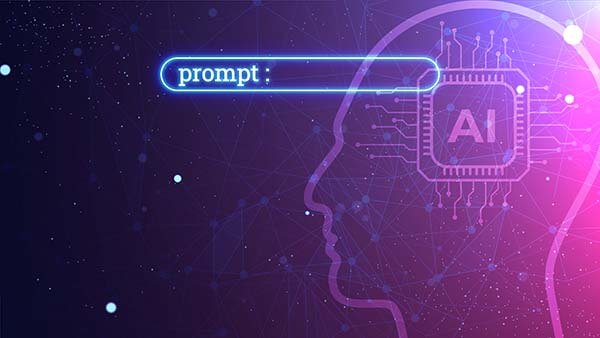Does Daylight Saving Time Affect Productivity?
Daylight Saving Time in the US just ended for 2018 during the wee hours of the morning on November 4th – did you set your clocks back yet? Fortunately, many of the clocks we use on a daily basis do this for us (while our microwave and stove clocks will sit at the same time for months on end). Either way, this twice-yearly practice of setting our clocks either forward or back an hour has a way of messing with the most important clock of all – our body clocks.
What is Daylight Saving Time?
Daylight Saving Time (DST) is the practice of moving the clocks forward one hour during the spring months, then back again during the fall. The idea of DST arose as a way to extend the number of daylight hours we have in the evening. The practice began in the US about eight months before the end of World War I in 1918 as a means to save on coal. The decision to use DST was left up to the states until President Lyndon Johnson signed it into law in 1966.
Fast forward to today, and we now have a much clearer picture of the impact the time change has on people and their ability to function normally. In fact, according to a Glassdoor survey from 2017, 3 out of 4 employees are getting less than the optimal hours of sleep – on average, only 6.9 hours each night. Time changes have a major impact on our sleep patterns and contribute to fatigue, a higher propensity for making bad decisions, and higher risk of workplace injury. Therefore, more people are even questioning why we need DST at all.
Why Daylight Saving Time is Different Today
When DST was first implemented, people rose earlier and went to bed earlier, focusing their schedules more on the daylight hours than on their clocks. Today, people do everything on a schedule. They get up, check in at work, keep appointments – all at a set time. That is the basis for many of the arguments for and against keeping daylight saving time.
Why Should We Keep Daylight Saving Time?
One argument that people have for keeping DST is that they enjoy having an extra hour of daylight in the summer. There’s more time to do the things they enjoy after they get home from work.
Some people believe the extra daylight reduces the risk of road accidents. The added daylight gives some people more time to drive home before it gets dark.
One of the biggest arguments for keeping DST is the savings in energy. But even this factor may be exaggerated. Today’s lighting systems are more energy-efficient and there’s no evidence that it changes the consumption of gasoline. Furthermore, it increases the use of electricity for heating and cooling.
Why DST’s Time is Up
Proponents for getting rid of DST altogether argue that the benefits of changing the clock are minimal, while the negative impact it has on your body and health is significant. For some of us, “springing forward” makes it difficult to get out of bed in the mornings and leaves us feeling groggy, or foggy-headed for a few days or weeks. These feelings alone can have a serious impact on everything you do. Fatigue and an inability to think clearly might be the reason there are more car accidents right after the time change forward.
Daylight Saving Time has also been linked to a higher incidence of stroke & heart attack, miscarriage, depression & suicide, headaches, and fatigue. Any of these conditions can make you less productive at work, and they even put your life at risk.
How Fatigue Reduces Productivity at Work
Fatigue from DST is probably the biggest contributing factor to decreased productivity at work. It isn’t just that you have problems waking up an hour early; your body also has trouble going to sleep an hour earlier. That means you lose sleep on both ends of your nights!
Once you get to work, it’s difficult to stay on schedule with the clock. Your body knows when it’s lunchtime and when it’s time to go home. By mid-day, the effects of fatigue are already kicking in when your stomach starts feeling deprived. It’s nearly impossible to maintain your focus.
Often, employees find ways to avoid working, such as surfing the Internet (known as “cyberloafing”). Those who work with machinery or equipment might have more problems with distractions. Workers in hazardous work environments are at an increased risk of getting workplace injuries after they “spring forward.” In comparison, there is no increase in workplace accidents after “falling back” during the autumn months.
Some people love Daylight Saving Time as much as others hate it. The impact on people’s health and productivity are cause for reconsidering whether DST is a necessity. Not only does the time change cause them to do less; it also causes them to do everything less safely.
Let’s Get Started. Book a Demo Today.
Journyx helps you track time for projects, payroll, and more. Learn how Journyx can help you use time to your advantage in your business.



